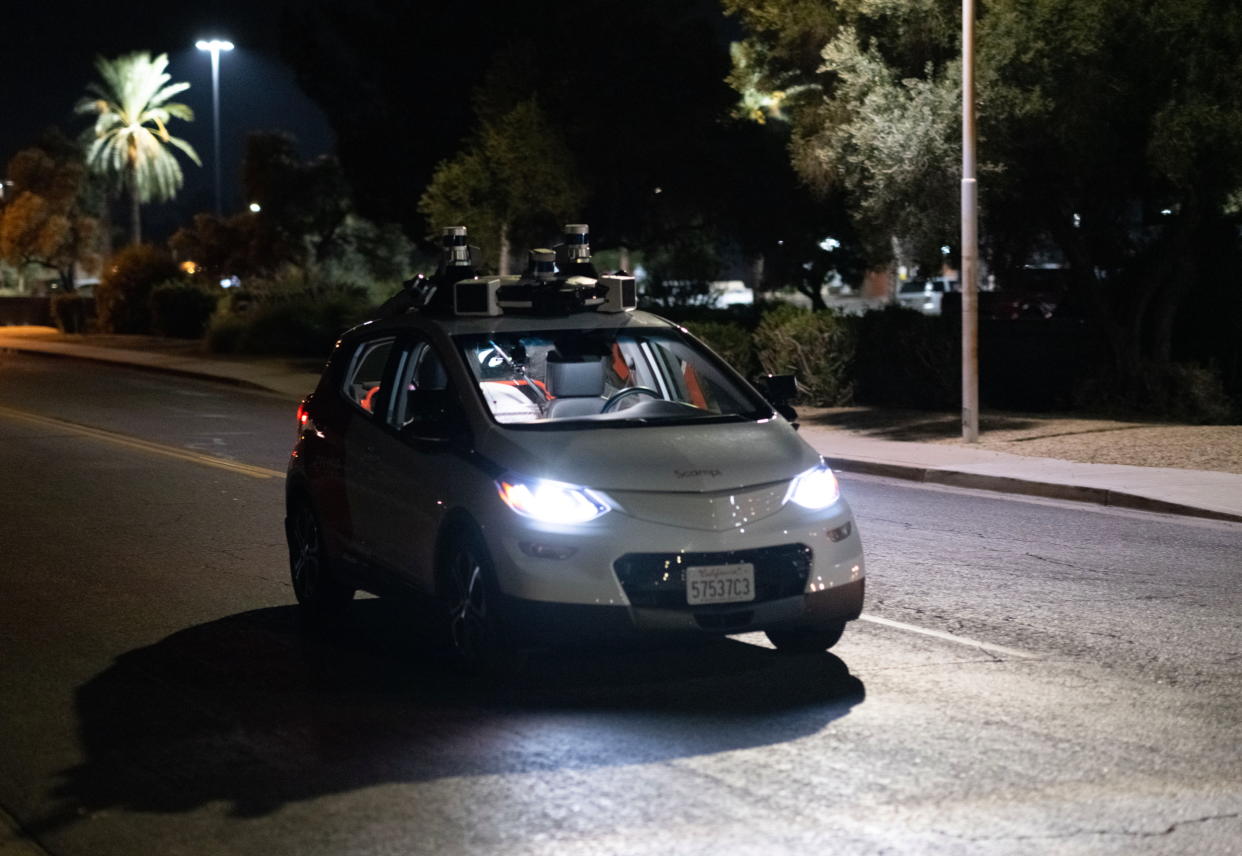GM's Cruise is testing robotaxis in Dallas again

GM's Cruise is redeploying a small fleet of robotaxis in Dallas this week as part of the company's previously stated goal to validate its self-driving systems and win back public trust.
Dallas is the second city that Cruise is easing its way back into after pulling its entire U.S. fleet late last year, following an incident where a pedestrian was run over and dragged by a Cruise robotaxi in San Francisco.
The California Department of Motor Vehicles immediately suspended Cruise's permits to operate in the state following the accident and after the revelation that Cruise's leadership mishandled communications about what happened that day with state and federal regulators.
The Dallas fleet will be small — just three vehicles — and they won’t yet be carrying passengers or driving fully autonomously. As Cruise did in Phoenix in April, human operators will manually drive the cars around Dallas so they can collect mapping and road data. Down the line, Cruise will expand into supervised driving “measured against predetermined safety benchmarks,” according to a Cruise spokesperson who didn’t elaborate on what those benchmarks are.
Cruise had just started testing its robotaxis in Dallas when the incident in San Francisco led the company to ground its entire fleet. Cruise had also launched a limited robotaxi service in Austin and Houston, making it something of a first-mover into Texas’s robotaxi space.
As TechCrunch has surmised before, Texas may be the next battleground state for commercial adoption of autonomous vehicles. The state is already a hub for testing autonomous trucks, due to the state's clear, sunny skies and a favorable legislative landscape.
That said, Cruise will still likely try to relaunch in California, where it's based, to compete with Alphabet’s Waymo. Earlier this year, Waymo got the green light to operate commercially on San Francisco’s freeways and in Los Angeles. The DMV confirmed to TechCrunch in April that Cruise was in contact with the agency to begin the process of reinstatement.
Cruise did not share any specifics for its rollout strategy, but one thing is clear: Cruise is opting for a slow and steady approach after its previous aggressive launch strategy resulted in accusations that Cruise was expanding too fast and cutting corners on safety.


